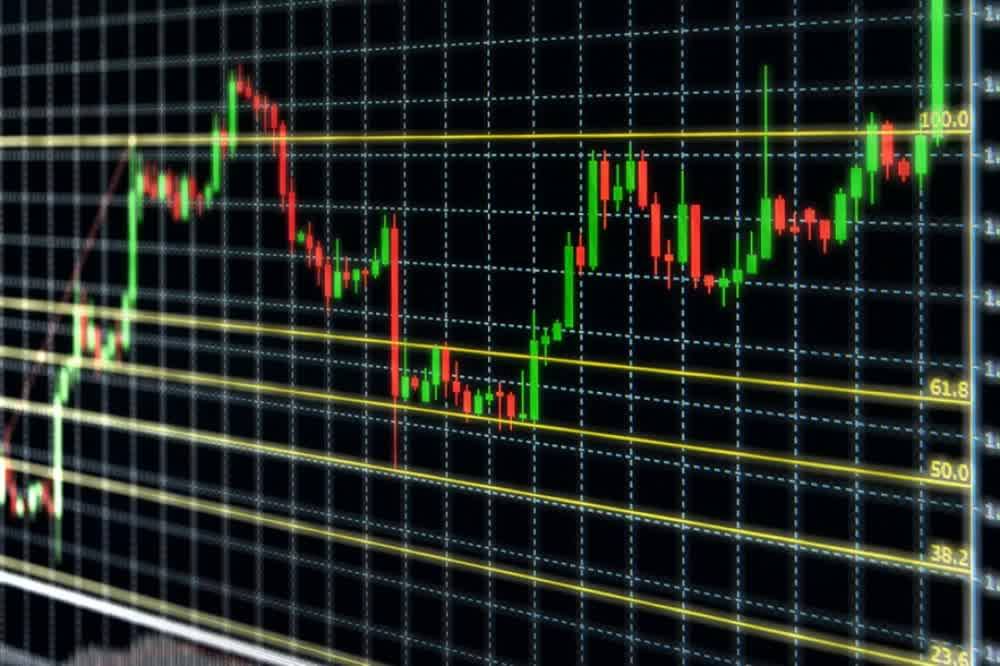Fibonacci numbers are extensively used in technical analysis. Tons of tools that are in fact centered on Fibonacci numbers are utilized in the scrutiny and evaluation of charts like Fibonacci retracements, Fibonacci extensions, Fibonacci fans, projections etc.
In this post, we are going to discuss in detail about Fibonacci numbers, what they actually are and how they can be utilized in Fibonacci technical analysis for taking trading decisions.
Insights on Fibonacci Numbers
Fibonacci series begins with 0 and 1. The new numbers in this series are derived by adding the previous number to the current number. So it actually means that the entire Fibonacci series can be generated as depicted below:
0, 1, 0+1, 1+1, 2+1, 3+2…
= 0, 1, 1, 2, 3, 5, 8, 13, 21, 34……
Pattern of Fibonacci Golden Ratios
If you manage to take a close look, you will observe that all the numbers in the above series tend to approach asymptotically. What this means in simplified or layman terms is that these numbers are approaching a value or a curve randomly and closely.
So keeping this fact in mind, if you try dividing each number by its subsequent number you will notice that the answers fall into a pattern of constant ratios.
Number Divided by Ratio
8 13 0.615
13 21 0.619
21 34 0.618
34 55 0.618
55 89 0.618
89 144 0.618
Next if you try to divide each number by its previous number you will observe a fixed ratio which approaches 1.618.
To illustrate this further, let’s suppose that you try to divide 13 by 8, 21 by 13, 34 by 21 etc. Your answers will all remain the same, which is 1.618. Now if you try to divide each of the alternate numbers in forward and backward direction, then also your answers will be a fixed ratio.
Similarly on dividing the every third number forward and backward we get we get 0.236 and 4.236
These ratios happen rather habitually in nature. Some of the commonest examples are the numbers of petals on flowers or the number of branches found on a tree etc.
It is not only the plants but also the animals and mammals and human bodies that display this sort of natural arrangement that follows a pattern. No wonder then that this ratio is commonly referred to as the golden ratio.
Application of Fibonacci Numbers in Technical Analysis
These ratios and the natural occurrence of certain fixed patterns are the basis of the popular Fibonacci technical analysis. The premise used here is that a trend when present, has been observed to pull back and settle at the previously mentioned common Fibonacci ratios. These trends then will continue to resume in the usual trend.
Numerous other Fibonacci patterns are applied extensively in obtaining a technical analysis and is noticeable in all the markets. The golden ratios are put to practical use in predicting the support and resistance levels.
They are also utilized to arrive at the probable time frame for the price levels. The support, resistance and target levels can be prophesied with the help of these Fibonacci golden ratios in technical analysis.
It helps to bear in mind that in technical analysis these ratios are used in percentage terms. The commonly used Fibonacci percentage are 23.6, 38.2, 50, 61.8, 78.6, 127.2, 161.8 and 261.8 %.
Practical Application in Forex Trading
The golden ratio can be practically utilized while engaging in a live Forex trade to predict the support and resistance level. When you notice a Fibonacci support level coming up soon, you can plan to buy at that point and similarly use the resistance level to initiate your selling.
Fibonacci retracements and extension levels are calculated with the help of recent high and low.


